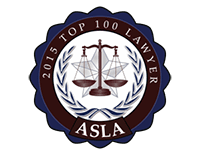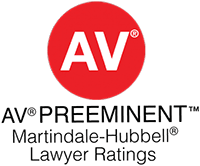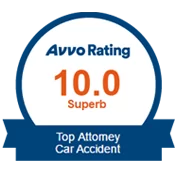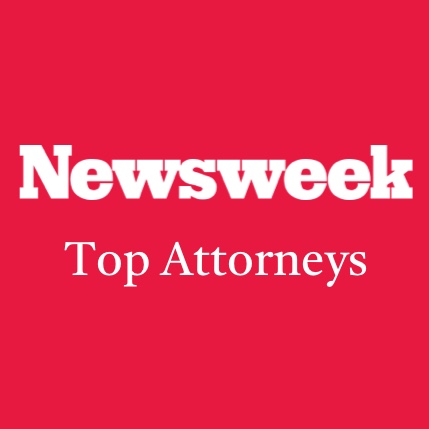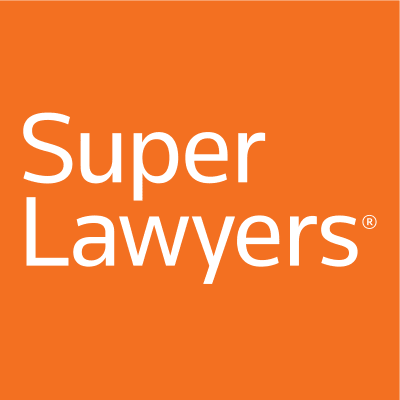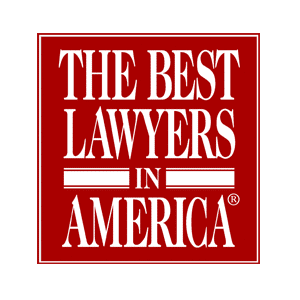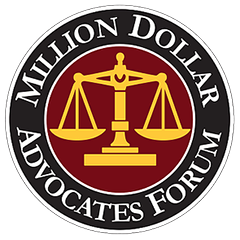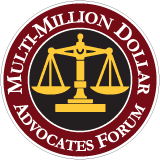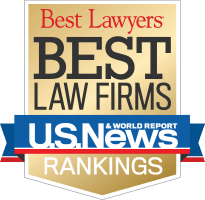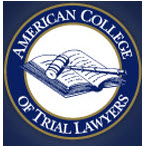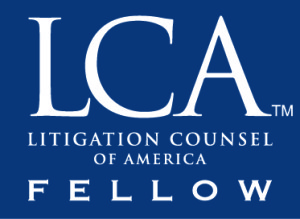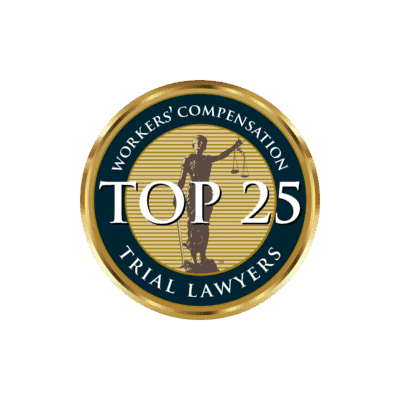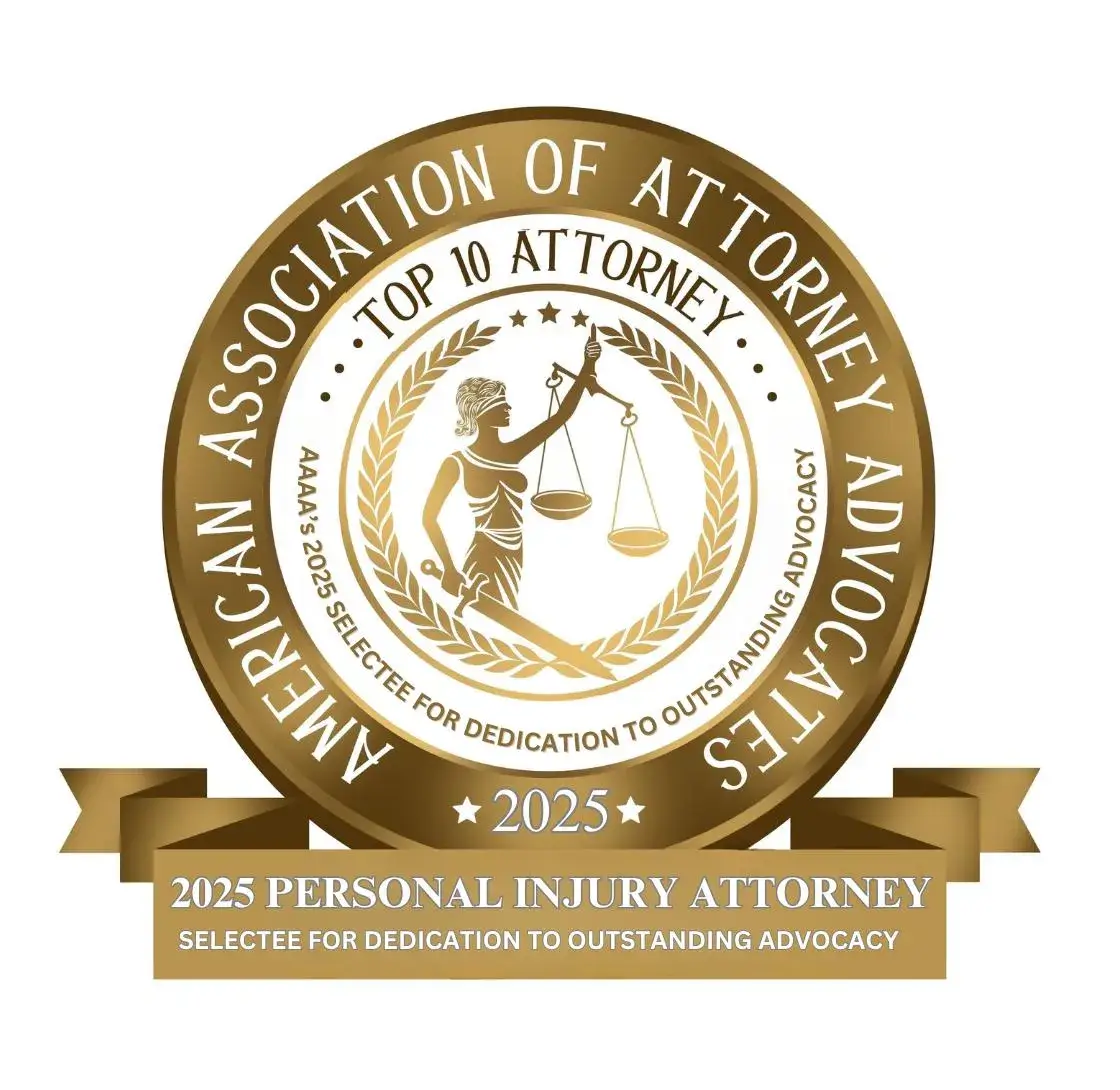What Does Liability Insurance Cover If You’re Not at Fault?
Being involved in a car or truck accident is stressful, especially when it wasn’t your fault. You may be left with injuries, medical bills, car damage, and the emotional burden of dealing with insurance claims. One of the first questions many accident victims ask is: “What does liability insurance actually cover if I didn’t cause the crash?” The answer depends on a number of factors, including where the accident occurred, the insurance policies involved, and the laws in your state.
If you’re in New Jersey or New York, understanding how liability insurance works can help you protect your rights and avoid costly mistakes after a serious accident.
What does liability insurance cover if you’re not at fault?
If you didn’t cause the accident, liability insurance from the at-fault driver may cover several types of losses — but there are limits and complications:
- Medical expenses: hospital visits, therapy, prescriptions, and medical devices
- Lost wages: missed work and reduced earning potential
- Pain and suffering: physical pain, emotional distress, and loss of enjoyment
- Property damage: repairs or replacement for your car and belongings
- Pedestrian or cyclist injuries: also eligible under the driver’s policy
- Passenger claims: you may file against the at-fault driver’s liability coverage
- UM/UIM coverage: kicks in when the driver is uninsured or underinsured
- Limitations: your full costs may exceed what the policy pays
- Insurance tactics: insurers may delay, deny, or underpay valid claims
What Is Liability Insurance?
Liability insurance is a type of auto insurance that pays for damage and injuries a driver causes to others in an accident. It does not pay for the policyholder’s own injuries or vehicle repairs.
There are two main components of liability coverage:
- Bodily Injury Liability (BIL): This covers medical expenses, lost wages, and pain and suffering for anyone injured by the at-fault driver.
- Property Damage Liability (PDL): This covers repairs or replacement for vehicles or property damaged in the crash.
Every driver in New Jersey and New York is legally required to carry a minimum amount of liability insurance. That way, if they cause a crash, the people they harm aren’t left paying out of pocket.
What Happens When You’re Not at Fault?
If you didn’t cause the accident, the at-fault driver’s liability insurance is supposed to pay for your injuries and damage. This is known as a third-party claim; you’re filing a claim with someone else’s insurance company.
In theory, this sounds straightforward. In reality, insurance companies often look for ways to avoid paying full value. They might argue you were partially at fault or dispute how badly you were injured. That’s why understanding how these claims work and what you’re entitled to is so important.
Key Protections Offered by the Other Driver’s Liability Insurance
If another driver is responsible for the crash, their liability coverage should pay for:
Medical Expenses
This includes costs like:
- Ambulance transport
- Emergency room visits
- Surgery or hospitalization
- Follow-up doctor appointments
- Physical therapy
- Medical devices (like crutches or braces)
- Prescription medications
Keep in mind that insurance companies often try to minimize these costs or claim your injuries were “pre-existing.” That’s why documenting your medical treatment from day one is critical.
Lost Income
If you miss work because of your injuries, the at-fault driver’s insurer should reimburse you for the wages you lost — and potentially your reduced earning ability if you’re unable to return to your job in the same capacity.
Pain and Suffering
Unlike medical bills or lost wages, pain and suffering is more subjective. It includes:
- Physical pain
- Emotional distress
- Anxiety or depression
- Loss of enjoyment of life
- Disfigurement or permanent disability
These damages can be significant, especially after a serious truck or car accident — particularly when you’re entitled to compensation for pain and suffering. Proving them often requires strong legal evidence, such as expert testimony, medical records, and statements from loved ones.
Property Damage
The other driver’s policy should also cover the cost of repairing or replacing your vehicle and any belongings inside it that were damaged or destroyed.
But What If the At-Fault Driver Doesn’t Have Enough Insurance?
Here’s where things get tricky. In both New Jersey and New York, some drivers only carry the minimum required liability coverage, and those limits may not come close to covering the cost of your injuries, especially in serious accidents like trucking collisions or multi-car pileups.
For example, in New Jersey, the basic auto insurance policy only provides:
- $15,000 per person for bodily injury
- $30,000 total per accident
- $5,000 for property damage
If your medical bills and other damages exceed that, and they often do, you could be left on the hook unless you have uninsured/underinsured motorist (UM/UIM) coverage.
Understanding No-Fault Insurance in New Jersey
New Jersey is a “choice no-fault” state. That means drivers can choose between:
- A basic policy with limited rights to sue, or
- A standard policy that allows lawsuits for more types of injuries
If you’re injured in a crash, your own Personal Injury Protection (PIP) coverage usually pays first, even if the accident wasn’t your fault. PIP is designed to provide quick payment for medical bills and lost wages, without needing to prove fault.
However, PIP doesn’t cover pain and suffering or property damage. To recover those losses, you’ll likely need to pursue a liability claim against the at-fault driver.
And depending on what type of policy you have, your right to sue the other driver for serious injuries could be limited, unless your injuries meet the “verbal threshold” (such as disfigurement, death, or permanent injury).
What If You Were a Passenger?
If you were riding in someone else’s car and were hurt in an accident caused by another driver, you’re typically covered under that driver’s PIP policy. You can also file a liability claim against the at-fault driver.
And if the driver of the car you were in was at fault, you might have a claim against their liability insurance, even though you were their passenger. You shouldn’t feel guilty about this; that’s what insurance is for. As a passenger, you have just as much right to compensation as a driver.
What If You Were Hit as a Pedestrian or Cyclist?
Pedestrians and cyclists hit by a car or truck are typically entitled to the same liability coverage as drivers and passengers. If a motorist was at fault, their liability insurance should cover your medical expenses, lost income, and pain and suffering.
And if you own a car with a valid New Jersey auto insurance policy, your own PIP coverage might apply even if you weren’t driving at the time of the crash.
What Liability Insurance Doesn’t Cover (Even When You’re Not at Fault)
There are a few important limitations to understand when dealing with liability coverage:
- Your own car repairs: Liability insurance won’t cover your vehicle damage if the at-fault driver’s policy limits are too low. In that case, your own collision coverage (if you have it) may be needed.
- Delays and disputes: Insurance companies may delay or deny claims even when fault seems obvious. They may request multiple statements, send you to their own doctors, or pressure you to settle for less.
- Full recovery: Liability coverage only goes as far as the policy limits. Once that money runs out, it’s gone—unless you sue the at-fault driver directly and win a judgment (which is often difficult if they don’t have assets).
That’s why many accident victims find themselves facing uphill battles when trying to recover fair compensation, even when they didn’t cause the crash.
How Do You File a Liability Claim if You’re Not at Fault?
After an accident, you have the right to file a third-party insurance claim with the at-fault driver’s insurance provider. While this process might seem simple in theory, it can become complex quickly, especially when dealing with large trucking companies or commercial policies.
Here’s a step-by-step overview of what you should do:
Call the Police
Always report the accident and request a police report. This official documentation can be crucial later, especially if there is any dispute over who was at fault.
Seek Medical Attention Immediately
Even if you think your injuries are minor, see a doctor. Some injuries take time to show symptoms. Prompt medical care creates a paper trail that links your injuries to the crash.
Gather Evidence
Collect as much information as possible at the scene:
- Photos of damage, injuries, and road conditions
- Names and contact information for all parties and witnesses
- Insurance information from the other driver
The more documentation you have, the harder it is for insurers to deny your claim.
Notify Your Own Insurance Company
Even if you’re not at fault, you should inform your insurer about the crash. Your policy may provide immediate benefits (like PIP) while your third-party claim is being processed.
File a Third-Party Claim
You or your attorney will file a claim directly with the at-fault driver’s insurance company. This claim should cover all of your losses — medical bills, lost wages, pain and suffering, and property damage.
Be Prepared for Pushback
Insurance companies are for-profit businesses. Their goal is to minimize payouts. They may delay, dispute, or deny your claim, or offer a settlement that doesn’t cover your full losses.
That’s why working with an experienced personal injury lawyer can make all the difference.
The Role of a Personal Injury Lawyer in Liability Claims
When you’re recovering from an accident, the last thing you need is a fight with an insurance company. A qualified attorney can handle the legal legwork for you, including:
- Investigating the crash
- Preserving evidence (like black box data in truck accidents)
- Negotiating with insurance adjusters
- Calculating your full damages
- Filing lawsuits if necessary
Attorneys experienced in trucking cases also know how to uncover all potential sources of compensation, including what you can sue for in a truck accident. In some cases, more than one party may be liable, especially in commercial trucking accidents, where liability may extend to the trucking company, a parts manufacturer, or a maintenance provider.
What If Multiple Parties Were at Fault?
Sometimes, more than one driver shares responsibility for a crash. This can happen in chain-reaction accidents, multi-car pileups, or when a truck driver and their employer are both responsible for what happened.
New Jersey follows a modified comparative negligence rule. That means:
- You can still recover damages as long as you’re not more than 50% at fault.
- Your compensation will be reduced by your percentage of fault.
For example, if you’re found to be 20% at fault for a crash and your total damages are $100,000, you would recover $80,000.
That’s why insurance companies often try to shift blame, even partially, onto the victim. It reduces what they have to pay. Having someone on your side who can challenge those tactics is essential.
What About Hit-and-Runs or Uninsured Drivers?
If the at-fault driver flees the scene or doesn’t have valid insurance, you may need to turn to your uninsured motorist coverage (UM) — especially after a hit-and-run or rear-end collision.
UM coverage can step in and pay for:
- Medical expenses
- Lost wages
- Pain and suffering
Similarly, if the at-fault driver’s policy limits aren’t enough to cover your losses, your underinsured motorist (UIM)coverage may help fill the gap. This is especially important in serious injury cases, where damages often exceed minimum coverage amounts.
New Jersey drivers are not required to carry UM/UIM coverage with a basic policy, but it’s strongly recommended. It can be the difference between being made whole and being left with bills you can’t pay.
How Long Do You Have to File a Liability Claim?
This depends on the type of claim and the state you’re in. In New Jersey:
- You typically have two years from the accident to file a personal injury lawsuit in New Jersey.
- Property damage claims may have a longer deadline, but you shouldn’t wait.
Keep in mind that dealing with insurance companies takes time. The sooner you begin the process, especially with legal help, the stronger your case will be.
Speak with a Trusted Car Accident Lawyer Today
Being injured in an accident that wasn’t your fault is more than just a legal issue; it’s a deeply personal and often traumatic experience. You may be dealing with pain, confusion, financial uncertainty, and fear for your future. You shouldn’t have to go through it alone.
Understanding what liability insurance covers and how to navigate the claims process is just the beginning. Getting the full compensation you deserve often requires experienced legal support, especially when powerful insurance companies or large trucking operations are involved.
At Maggiano, DiGirolamo & Lizzi, P.C., we’ve spent decades standing up for people just like you. Our award-winning team of trial lawyers has fought and won for clients across Fort Lee, Hackensack, and the Bronx. We’ve built our reputation on going toe-to-toe with trucking companies, insurance carriers, and big businesses and making sure our clients aren’t just heard, but compensated.
If you or someone you love was injured in an accident and you’re unsure about what’s covered or where to turn next, reach out today at (201) 585-9111 or through our online form for a free consultation. We’ll listen. We’ll fight. And we won’t stop until we get you the justice you deserve.





